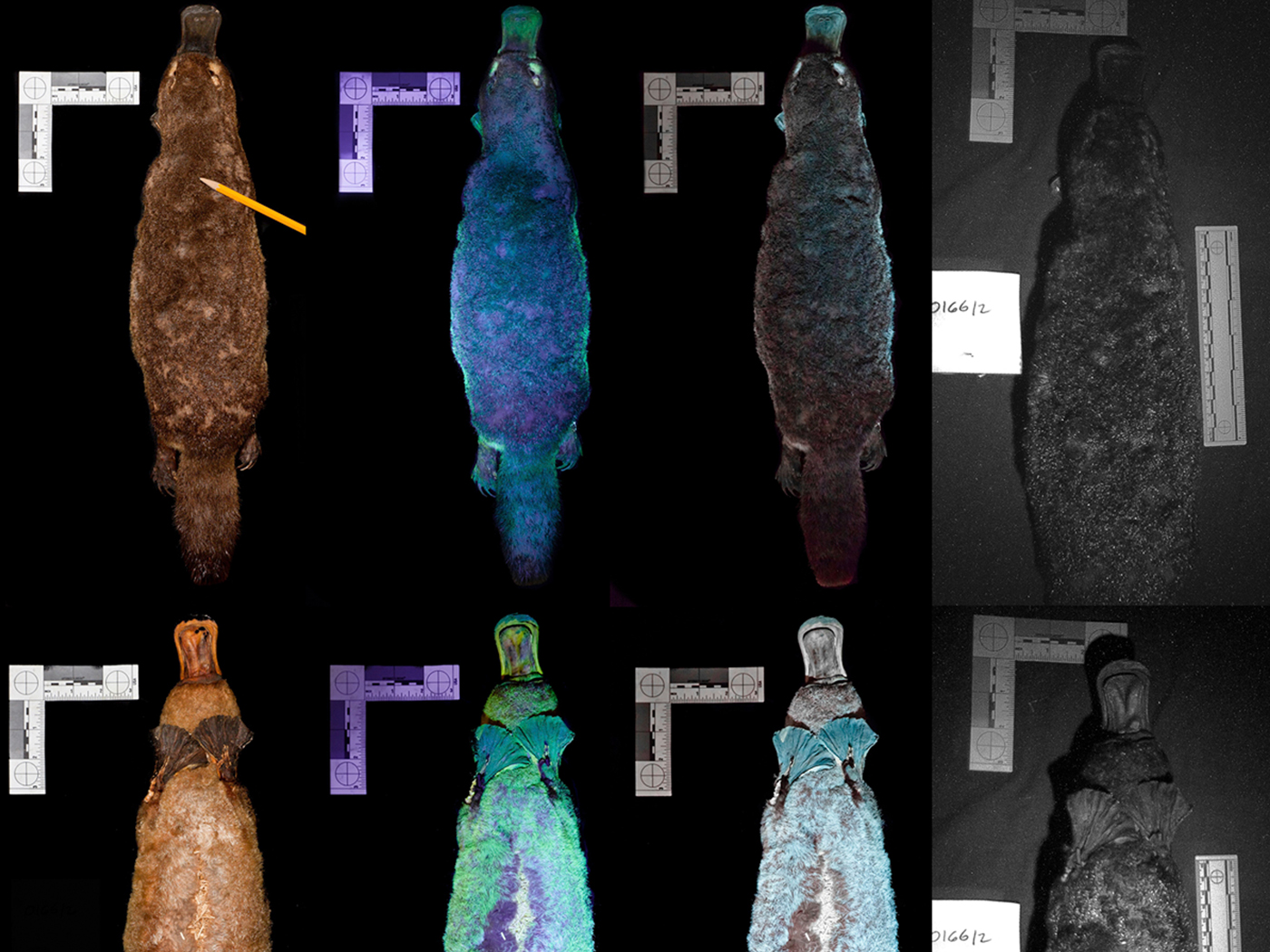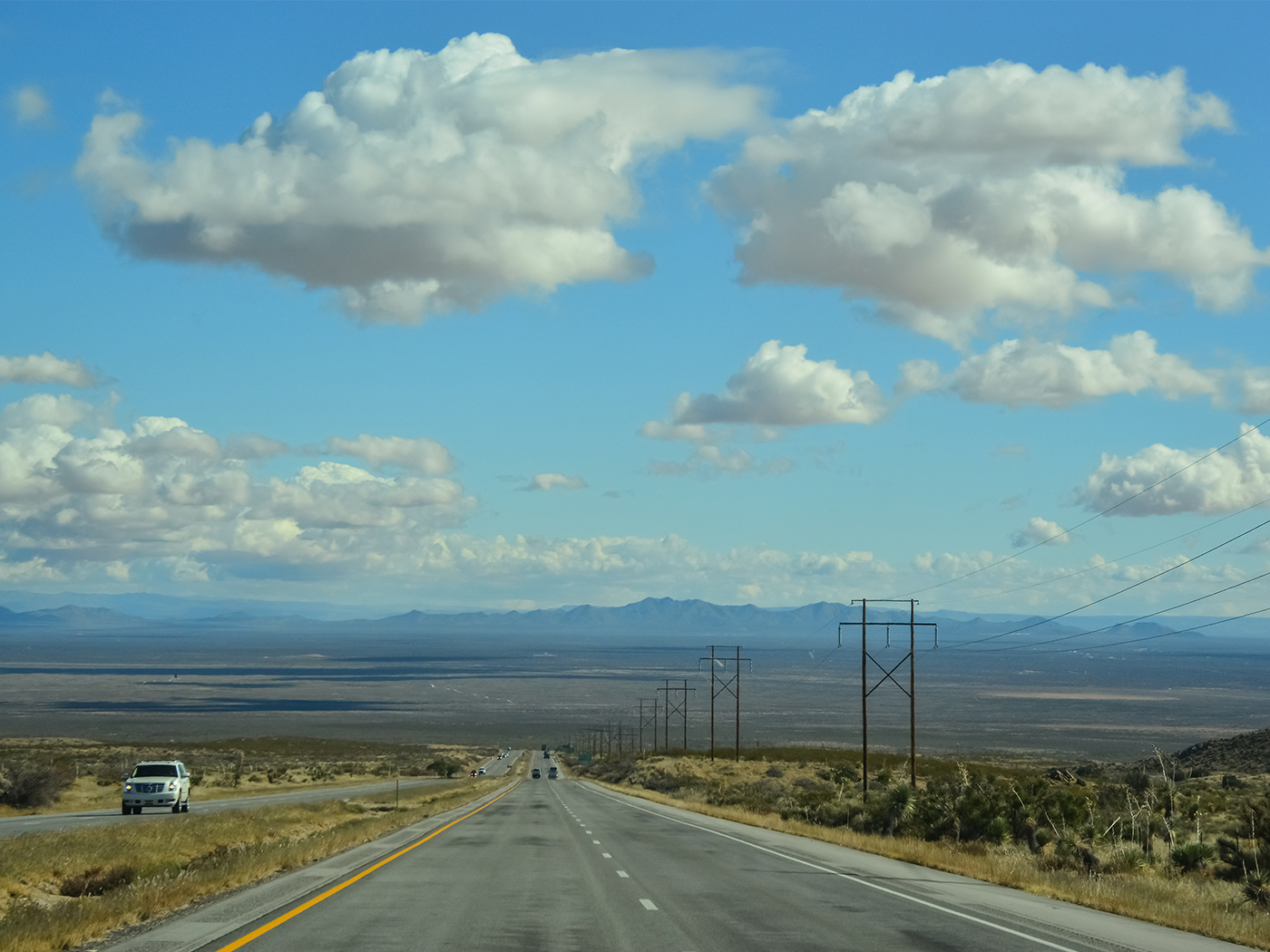Indeed, when it comes to the amazing gift of speech, mankind stands alone. “When did speech evolve? Many animals, including chimpanzees, can produce sounds, but this is not comparable to the complexity of human language.”4 Humans don’t have just simple speech, we have “a stable vocal source [that] is filtered by rapidly changing formant frequencies.”5
Evolutionists concluded that humans developed the capacity to speak from the loss of a certain laryngeal structure. They simply presuppose—based on “human evolution”—that man lost these laryngeal tissues resulting in the capacity to speak eloquently.
The loss of these tissues, according to the researchers, resulted in a stable vocal source in humans that was critical to the evolution of speech—the ability to express thoughts and feelings using articulate sounds. This simplification of the larynx enabled humans to have excellent pitch control with long and stable speech sounds, they said.6
It could just as easily be stated that man—created in God’s image—never had these tissues. The burden of proof is on the evolutionist to document the loss of this balloon-like laryngeal structure in our alleged ancestor, but the following descriptions are not compelling,
The evolutionary lineage that led to our species, Homo sapiens, split from the one that led to our closest living relatives, chimpanzees, roughly 6m to 7m years ago, with the laryngeal changes occurring sometime after that.7
Our vocal versatility is possible only because of changes in our vocal tract that evolved after humans diverged from other apes.8
Our vocal versatility is possible only because of changes in our vocal tract that evolved after humans diverged from other apes.8
It’s all pure supposition. In fact, “We argue instead that the richness of ideas is accompanied by a poverty of evidence, with essentially no explanation of how and why our linguistic computations and representations evolved.”9
Three years later, two evolutionists stated, “There is no clear picture of when and how human language evolved.”10
How exactly do we document these supposed changes in our vocal tract? And when11 and where did humans diverge from other apes? So far, no fossil has conclusively been identified as the chimpanzee-human last common ancestor (CHLCA), “We note that, like that of other hominins, the evolution of Homo is highly controversial….”4
Scripture12 and the fossil record13 shows that people have always been people, blessed with the ability to speak and praise their Creator.
I will praise you for I am fearfully and wonderfully made.14
References
1. Jefferson, R. Darwinian Evolution Possibly Taking Place 4 Times Faster Than We Know. ScienceTimes. Posted on sciencetimes.com May 30, 2022, accessed August 25, 2022.
2. Darwin, C. 1859. On the Origin of Species by Means of Natural Selection, or the Preservation of Favoured Races in the Struggle for Life (First Edition). London: John Murray.
3. Morber, J. 5 Times Evolution Ran in ‘Reverse.’ National Geographic. Posted on nationalgeographic.com October 6, 30, 2016, accessed August 25, 2022
4. Hickman, C. et al. 2020. Integrated Principles of Zoology. McGraw Hill, 642.
5. Nishimura, T. et al. 2022. Evolutionary loss of complexity in human vocal anatomy as an adaptation for speech. Science. 377:760-63.
6. Dunham, W., Pivotal evolutionary change helped pave the way for human speech. Reuters. Posted on reuters.com August 11, 2022, accessed August 20, 2022.
7. Staff Writer. How quirk of primate evolution gave humans the voice apes lack. The Guardian. Posted on theguardian.com August 11, 2022, accessed August 20, 2022.
8. Futuyma, D. and M. Kirkpatrick. 2017. Evolution. Sinauer, 558.
9. Hauser, M. et al. 2014. The mystery of language evolution. Frontiers in Psychology. https://doi.org/10.3389/fpsyg.2014.00401
10. Futuyma & Kirkpatrick, 559.
11. Allaby, M. 2020. Dictionary of Zoology. Oxford University Press, 493-494.
12. Genesis 2.
13. Rupe, C. and J. Sanford. 2017. Contested Bones. FMS Publications, 17-28.
14. Psalm 139:14
*Dr. Sherwin is Research Scientist at the Institute for Creation Research. He earned an M.A. in invertebrate zoology from the University of Northern Colorado and received an Honorary Doctorate of Science from Pensacola Christian College.























